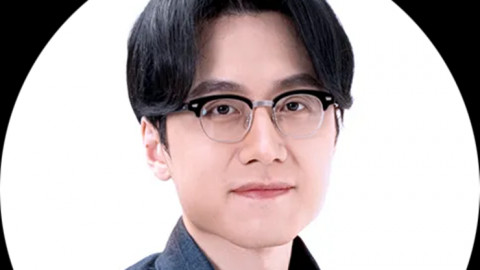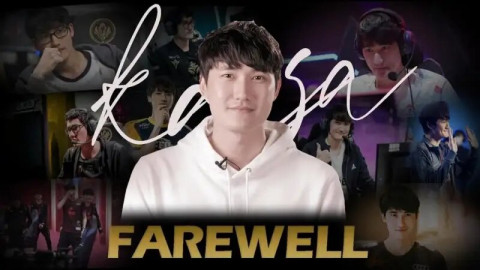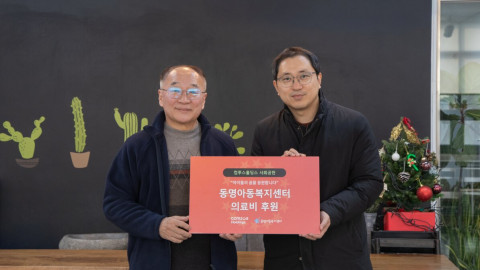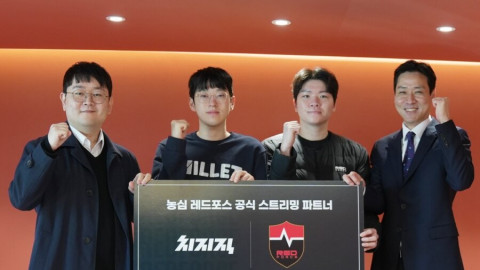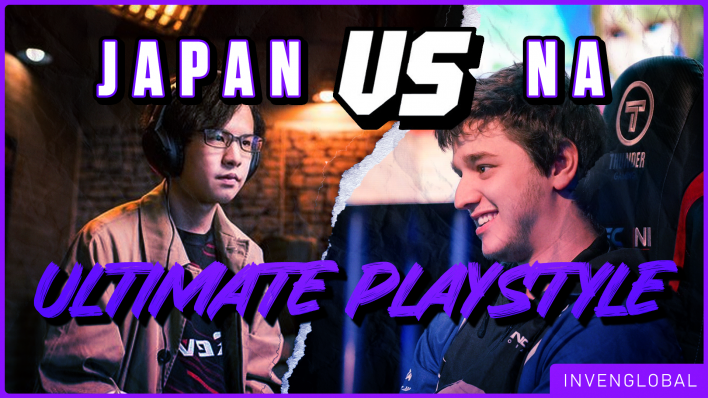
It’s no secret that Super Smash Bros. is one of most popular video game series on the planet. Millions of copies have sold worldwide, creating player communities in hundreds of nations. The 2021 Smash World Tour truly showcased the global reach of competitive Smash for the first time.
Many of the most successful and popular Smashes come from North America, particularly the United States and Mexico. Names like Mang0, Hungrybox, MkLeo, Tweek, and Sparg0 are known in every Smash household. Legendary players have also come out of Europe such as Armada, Leffen, and Glutonny. While not without their own triumphs, one region that often gets overlooked is where Super Smash Bros. all got started: Japan.
The Japanese Smash community is as large and active as any other. In fact, the country may be entering its Golden Age of Smash in 2022 following a return from hiatus due to the COVID-19 pandemic. Tournaments both large and small are regularly held each week while the rapidly improving player base continues to grow in size and strength. More players are beginning to find success overseas and introduce themselves to Western audiences. Some have even become popular superstars having their name chanted at US events.
But what makes Japan stand out from the rest? The country’s isolation from other regions has led to them developing a distinct approach to Smash. This pertains in all aspects, from the way they play to how events are organized. Japanese Smash has several small differences from NA and EU, but they add up to create a unique style they call their own.
Playing to not lose
A key theme to the Japanese playstyle is an emphasis on patience. Players in Japan have no problem with the lame game if it gets them the win. While North American Smash is all about hard reads and big plays, Japan favors defense and safe offensive options. It could be said that while NA players “play the opponent," the Japanese “play the game.”
Patient, methodical gameplay has become synonymous with Japanese Smash. Players press every button with purpose and are well aware of each move’s frame data. They also value safety in high regard and rarely take big risks. Most Japanese players hardly ever chase opponents offstage and prefer to ledge trap so they avoid having the tables turned on them. Conversely, they are adept at optimally punishing opponents' mistakes so having stout defense is a high priority. This differs from the mindset in North America, where adaptation is viewed as the best defense.
Matches in Japan tend to be slower than the usual breakneck pace of stateside Smash. This is because they are often more technical with both competitors limiting their mistakes. However, that doesn’t mean they aren’t filled with plenty of highlight plays. Take the match from Kagaribi 7 below, for example. ProtoBanham wins a game taking two stocks via footstool to go up 2-0, only to be reverse 3-0’d by Kome in incredible fashion.
Character development
Because of their trademark playstyle, certain characters are utilized more in Japan than they are anywhere else. High-level players view the meta differently as well, resulting in tier lists that look funny to many in the West. Japanese tournaments offer the best source of high-level gameplay for some of Smash’s most seldom-seen fighters.
Japanese Melee player Masaya "aMSa" Chikamoto practically redefined the game’s meta with his character choice. Before his arrival, Yoshi was so low tier he was seen as unusable in competitive play. That was until aMSa revealed a helpful trick unique to the green dinosaur. Using the “parry” mechanic on his shield startup, aMSa turned Yoshi into a defensive stalwart capable of punishing otherwise safe moves. Thanks in part to the influence of the Japanese playstyle, aMSa unlocked Yoshi’s potential in Melee that was previously unheard of.
When it comes to Ultimate, zoners are very popular in Japan. Characters like Olimar, Samus, Mega Man, and the Links are heavily seen at every tournament. Many of Japan’s best players are known for maining zoners. Tea is renowned as the world’s best Pac-Man, while Zackray was known for his R.O.B. before picking up Joker. ProtoBanham (Min Min), Shuton (Olimar), and DIO (Snake) are some others who excel at playing keepaway.
North America and Europe tend to prefer rushdown, pressure, or mixup characters that give them plenty of options up close. Some players in Japan opt for this playstyle, but their fighter choices vary from other regions. Whereas Fox, Wolf, and Pikachu are the most common choices elsewhere, Greninja and Sheik are favorites in Japan. This may be because they have the ability to get in quick hits then dash back out to safety better than other heavy-pressure options. They also rely on precise combos and hit confirms over mixups, jab locks, and hard reads. Japan even prefers different swordy characters than NA players, going for the likes of Shulk and Sora over Lucina and Roy (though the Aegis are still beloved).
For many of the players who do main characters frequently found outside of Japan, it often comes with an entirely unique style. For instance, US player Fatality’s Captain Falcon is infamous for taking huge risks offstage to take early stocks. Japanese Falcon Huto, on the other hand, sparingly chases after his opponent offstage and focuses on blocking and creating whiffs so he can punish with huge attacks.
Another example is Yutaro "Paseriman" Nagumo, far and away Japan’s best Fox. In the US we’re used to seeing Paris "Light" Garcia go out and speed run through matches as fast as possible with relentless pressure and huge callouts. Paseriman plays more of a hit-and-run style and will sometimes even camp a bit with a lead. Make no mistake though, he also keeps his confirms on point.
The player from Japan that has the global Smash scene buzzing is Acola. While he mains Steve, he plays him more like a spacie — only mining when needed and spends every other moment right in his opponent’s grill. You know Acola’s coming for all the smoke when he starts out a match with Minecart before mining a single pebble. The 15-year-old prodigy is making a strong case for best player in Japan following back-to-back wins at Maesuma TOP #7 and Kagaribi 7.
Tournaments with a twist
Smash tournaments in Japan follow the model of most other competitive fighting games like Street Fighter, Tekken, etc. That means that all matches are typically FT2 until Winners Final, Losers Final, and the Grand Final. In Western scenes, tournament matches start switching to FT3 around Top 96. Japan neglected to adopt this trend for most tournaments, with major Smash World Tour events like Kagaribi 7 being a notable exception.
Many argue that the shorter sets in Japanese tournaments led them to prioritizing safety and defense. WIth less room for mistakes, players have to ensure every decision is worth making. This would also explain why NA leans more toward adaptation, as longer sets allow for downloads and adjustments.
Shorter sets translate to events moving along at a more reasonable pace than those in NA. Production is also able to show more matches on stream since they finish quicker. However, most entrants miss out on playing as much total Smash as they would at an overseas event. The FT2 format can sometimes lead to intense matches ending prematurely, especially in the early stages of Top 8.
Japan holds team play in much higher regard than the rest of the world. They enjoy it so much that they separate Doubles tournaments from Singles. This vastly differs from NA events, who usually keep 2v2 as a side event if they host it at all. The Japanese community is making great strides toward turning Doubles into a legitimate competition with tons of promise.
For the love of the game
Japan’s strict anti-gambling laws list playing video games for money among the illegal criteria. Professional gamers from Japan must apply for a license to earn money from competing and the allowed payouts are extremely low. This has prevented esports of all kinds from growing in the country, Smash being no exception.
Combined with the Scene’s grassroots operations, the vast majority of tournaments in Japan are run with a $0 prize pool. This includes Kagaribi 7, which only rewards points for the Smash World Tour.
Nearly all Japanese Smashers play out of sheer love for the game. They have no financial incentives for competing and probably come out of every event at a loss, regardless of how they finish. While the NA scene is debating higher entry fees for prize pools, the Japanese are taking trains across the country to compete for virtually nothing. Europe certainly has an argument for how they travel, but it’s a tall task beating out Japan for the most passionate scene in Smash.
Competing overseas is a big deal for Japanese players. For many, it’s the only chance they have at earning any money from Smash. Very few get the opportunity to travel outside Japan, and only those with sponsors do so regularly. There is a lot of pressure for aspiring pros to earn sponsorship so they can live out their dreams. Even then, the stakes are never lowered as it's up to the player to consistently perform well in order to stay sponsored.
The arrival of the Smash World Tour has done wonders for the Japanese community. Last year’s SWT East Asia Regional Finals showcased 16 of Japan’s biggest stars and brightest up-and-comers. Numerous SWT events planned for Japan in 2022 give every player a shot at making the Top 32 Finals. More importantly, it adds much-needed weight and significance to tournaments in the country.
Sort by:
Comments :0



